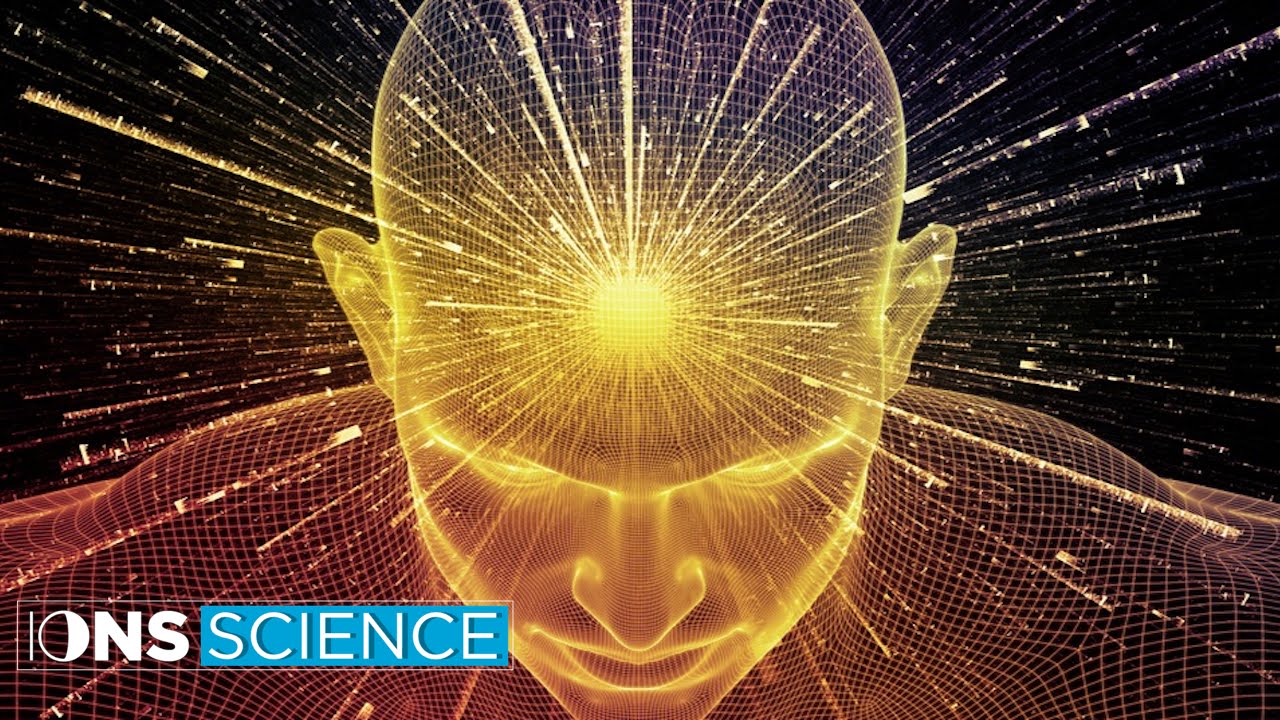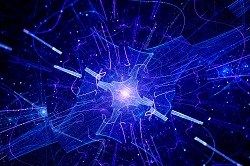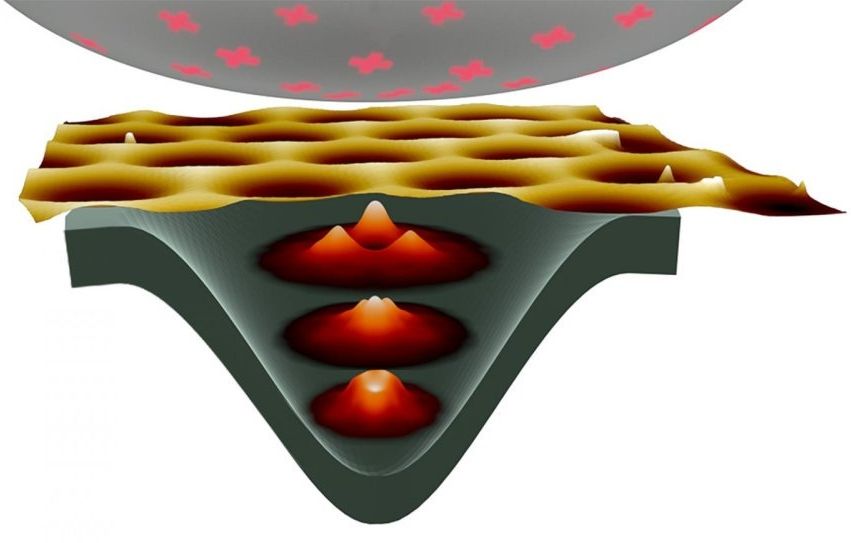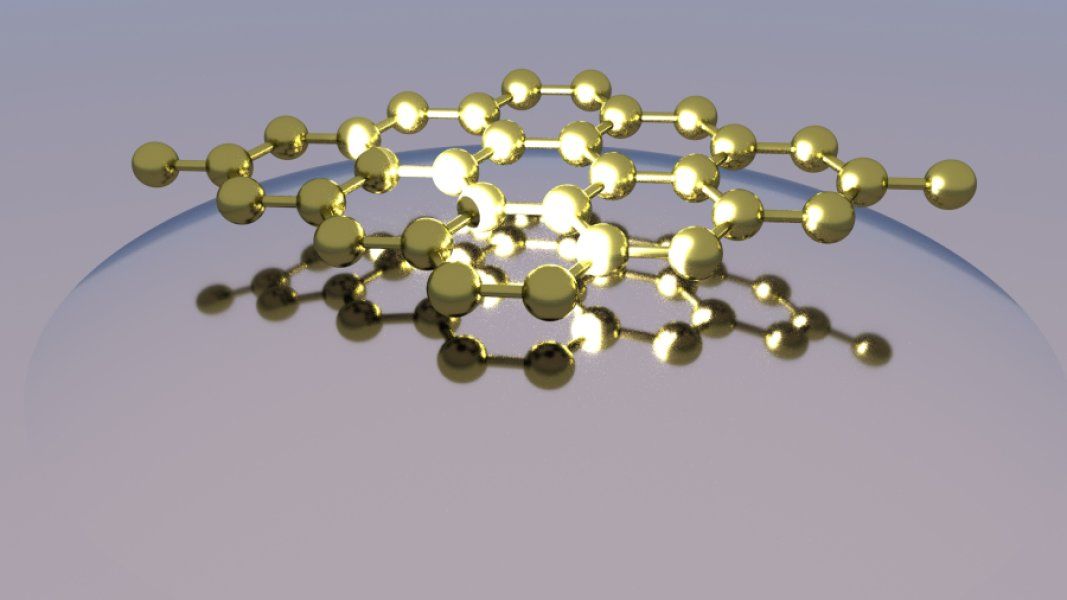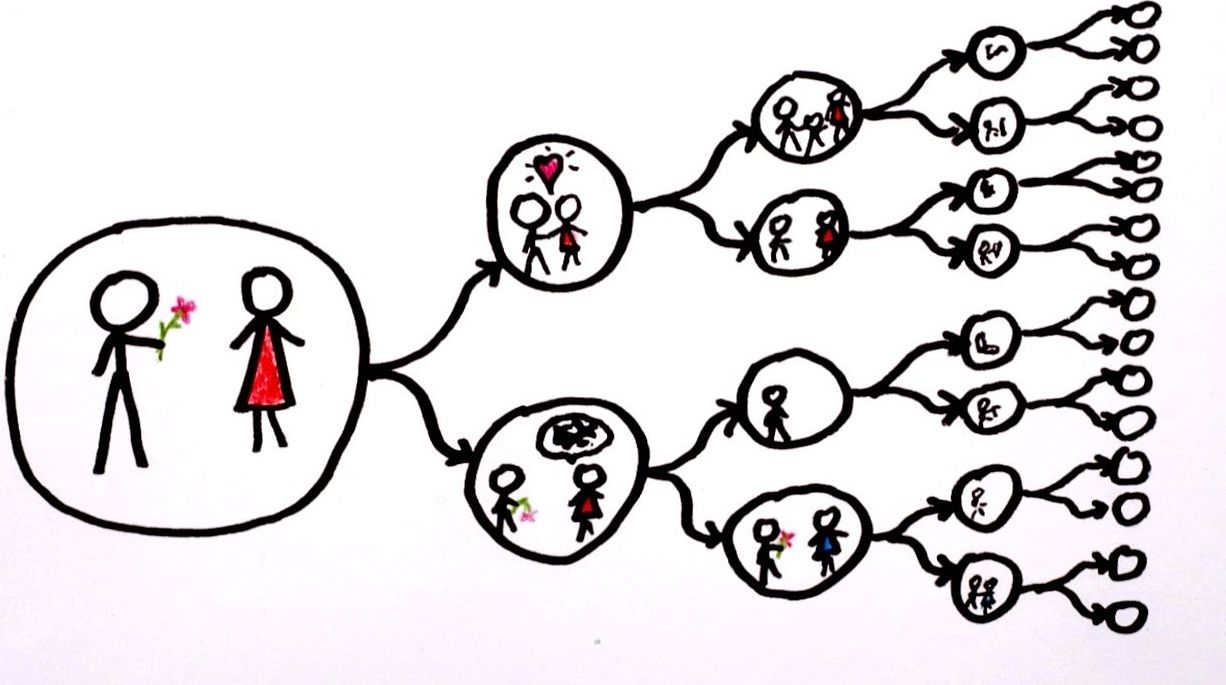Aug 22, 2016
Quantum Physicists Eager To Hear What Frank At The Pub Reckons They Should Study
Posted by Karen Hurst in categories: cosmology, quantum physics
Actually, I know many scientists and techies who hang out with the average Joe or Jill to get their minds off of being 1 dimensional and as a result gives them the recharge they need for innovation and creativity.
Quantum physicists studying the edges of our understanding of the universe are reportedly very eager to hear what Frank down at the local reckons they should study next, following Treasurer Scott Morrison’s warning that research should pass the ‘pub test’.
Morrison warned against esoteric, pointless research that costs an abundance of public money and has only lead to major, world-changing breakthroughs in unexpected areas a few times. Instead, the Treasurer has advised that before engaging in any boring and elitist research that only people specifically studying the field would care about, scientists should head down to the pub and check in with Frank to see what he thinks.

